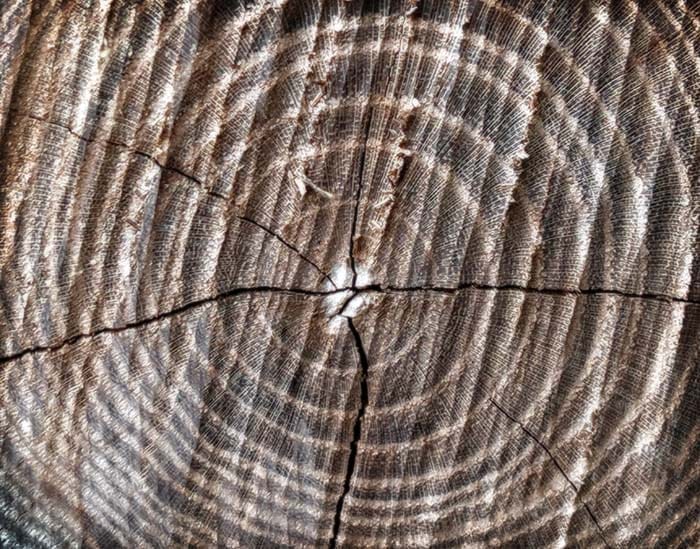We tend to look far and wide, trying to “see the bigger picture.” This seems to be the trend of things, to think globally, to look at the large scale of what is around us, especially when attempting to solve problems.
Our philosophies often take us on the whopping great universe and all that it potentially encompasses.
But every bit as prevalent as the enormity of this place, is the smallness of this place. In fact, maybe more so.
I’m thinking of the neutron today, for good reason. Today is the birthday of Sir James Chadwick, a British physicist. He was awarded the 1935 Nobel Prize in Physics for his discovery of the neutron. He found the little thing in 1932.
For those of you who may not be familiar with the neutron, your are about half-filled with neutrons. Give or take a few subatomic particles.
That beautiful neutron is a subatomic particle and a proud member of every atom. Well, except for ordinary hydrogen.
The neutron, as its name suggests, is neutral. It has no electric charge, and it huddles up all cozy in the nucleus of the atom, side by side with the proton. Meanwhile, that crazy electron spins all around them. The mass of the neutron and the proton are mostly the same. Positive Proton. Neutral Neutron. Crazy old Negative Electron circling like mad around the others.
If you think of it on the larger scale, it is just like politics. The positive and neutral people stay together in the middle, while the negative faction makes the noisiest action. At least, that’s what I think.
Back to the minuscule. In the bigger scheme of things.
Everything in the universe is made up of atoms. They are the basic building blocks of all types of matter in the universe. We are atoms. Hair, blood, skin, kidneys, appendix. Atoms everywhere. Roughly seven billion billion billion atoms are in the human body. Somebody counted.
What amazes me is that anything can be a solid. It takes so many atoms wedged together to make up anything. A cup. A lampshade. A piece of fried chicken. (Is it just me, or is it starting to sound like a party?)
Anyway. Here’s the thing I was saying about being solid. Atoms are mostly empty space. The nucleus of an atom (where the proton and neutron are in bed together) is extremely dense. Not stupid, dense, but “close-packed” dense. That’s where all the weight is.
Those negative spinning electrons contribute very little mass to the atom. This is how small: It takes almost 2,000 electrons to equal the size of a proton. And those flying electrons orbit so far away from the nucleus that each atom is 99.9% empty space.
Think of an atom like this. A huge sports arena is the whole atom with the electron flying around the edge. The nucleus would be the size of a pea on the center of the playing field.
So we are atoms. And atoms are mostly empty space.
Which brings me to the things we cannot see. We sure as heck can’t see atoms with the naked eye. We can’t even see them with powerful microscopes. It takes a very special process to view an atom.
But us? We are visible, despite the fact that we are made up of nearly invisible particles that are 99.9% empty space.
Now. Imagine the possibility of things having different molecular make-ups than our physical world. Perhaps they are joined in a way that humans have not yet discovered. We cannot see what we don’t yet understand. There may be a something, or a someone right beside you. Yet, they are composed in a way that humans have not been able to detect. The unseen.
I know the infinity exists. It has been proven with small numbers and large numbers alike. A parallel universe. Probably.
And here we are today. Once again.
We didn’t know we were unbeknownst.
==========
“A single event can awaken within us a stranger totally unknown to us. To live is to be slowly born.”
― Antoine de Saint-Exuper
==========
“What you don’t know, you don’t miss.”
― Cecelia Ahern
==========
“Whenever we proceed from the known into the unknown we may hope to understand, but we may have to learn at the same time a new meaning of the word’ understanding.”
― Werner Karl Heisenberg, Physics and Philosophy: The Revolution in Modern Science
===========
Neutral in the smallest sense. And dense.
